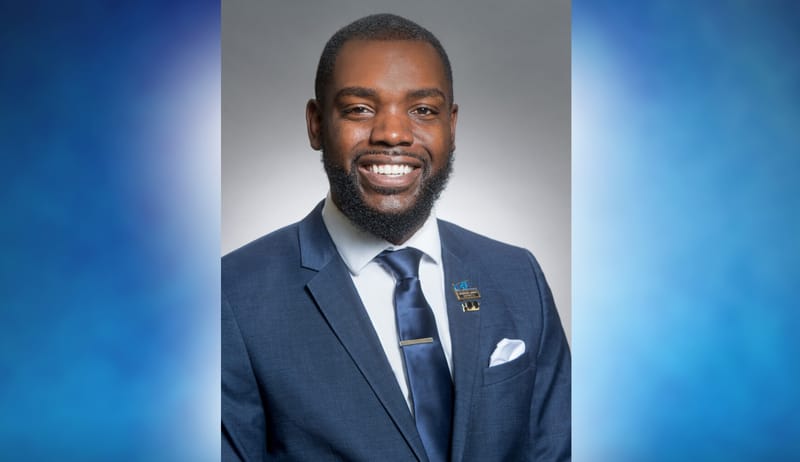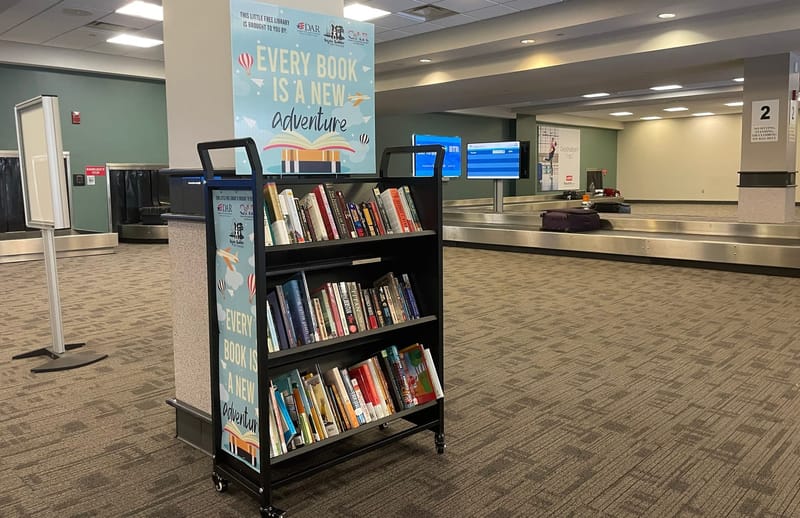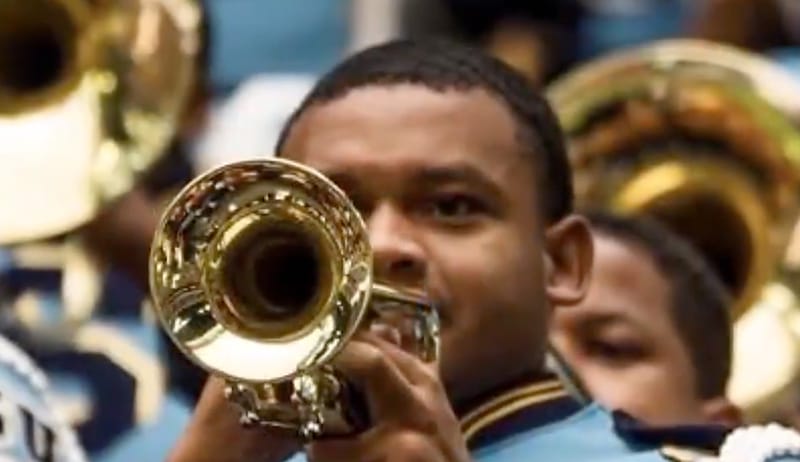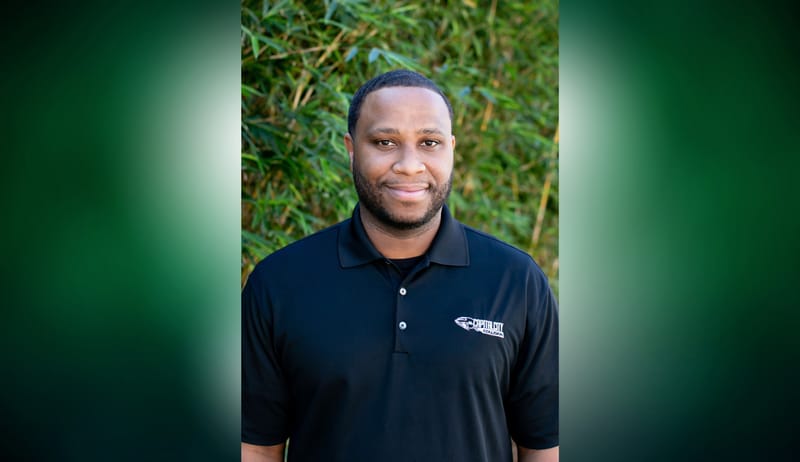Baton Rouge Launches $46 Million Plank Road Revitalization Project
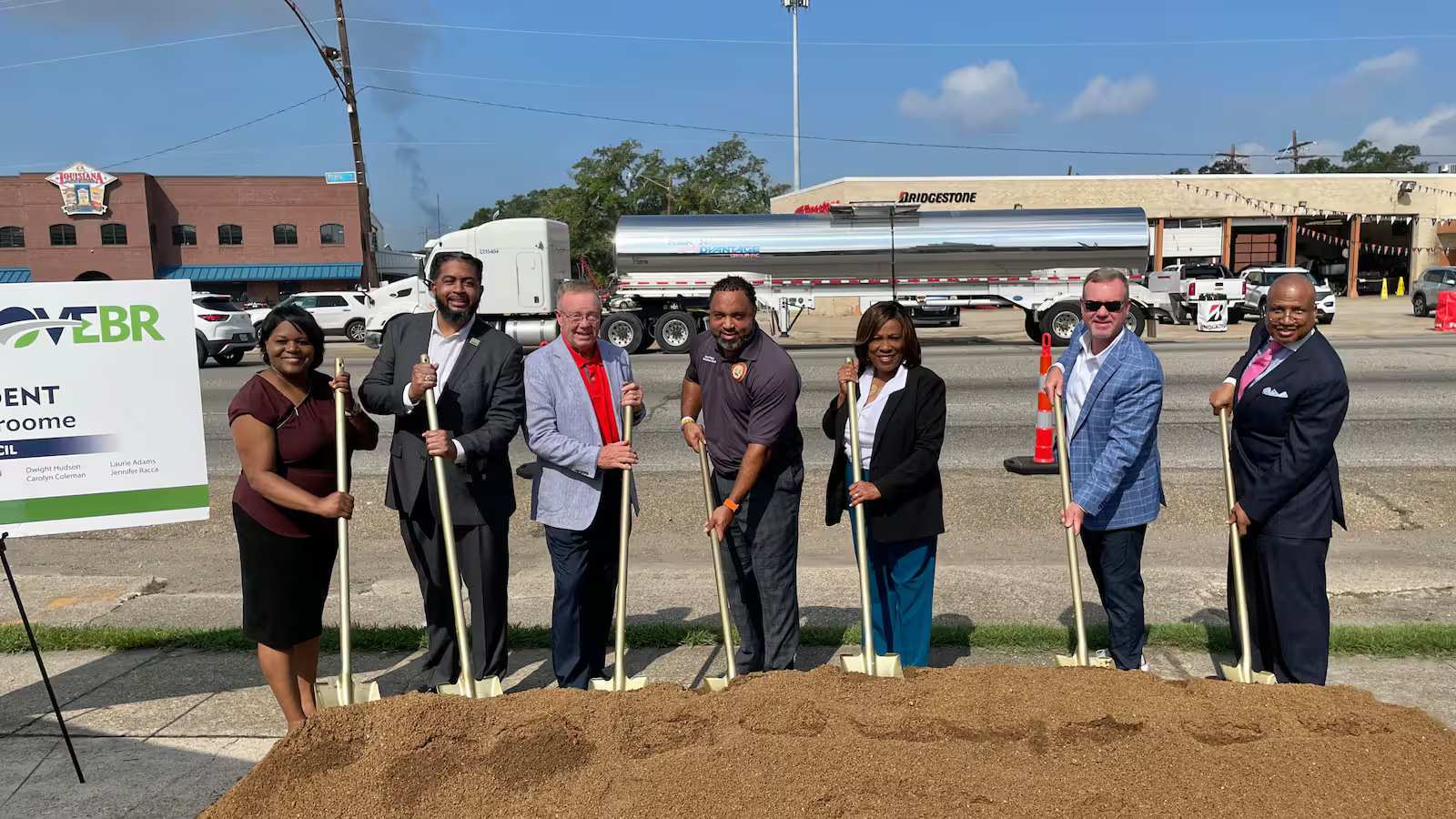
BATON ROUGE, La. — City leaders, led by Mayor-President Sharon Weston Broome, officially broke ground on the highly anticipated "Restoring Plank Road" initiative on Wednesday, Sept. 18, marking the beginning of a transformative infrastructure project aimed at revitalizing one of Baton Rouge’s most historic and critical corridors.
The Plank Road project, set to begin construction in October, will overhaul the 5.3-mile stretch from I-110 to Airline Highway in north Baton Rouge. Improvements will include complete repaving, the installation of new sidewalks and curbs, and the introduction of ADA-compliant intersections to ensure accessibility for all. Enhanced street lighting, improved signals, and safety measures will also be implemented to provide a safer environment for both pedestrians and drivers.

"Plank Road has played a crucial role in Baton Rouge's development for decades, but this area has long been in need of renewal," Mayor Broome said during the ceremony. "This project is more than just construction—it’s about restoring opportunity, safety, and pride to this community. We are delivering on our commitment to breathe new life into this corridor and make it a place of opportunity for the people of Baton Rouge."
The "Restoring Plank Road" initiative is a key component of the larger MOVEBR Bus Rapid Transit (BRT) Project, which aims to modernize Baton Rouge’s public transportation infrastructure. The BRT system is designed to enhance connectivity between North Baton Rouge, Mid City, Downtown, and Louisiana State University (LSU), providing reliable and efficient public transportation options to underserved areas.

This comprehensive upgrade will introduce elevated bus stops and streamline transit routes along Plank Road, allowing faster, more efficient travel. Future phases of the MOVEBR initiative will also include significant restoration along Florida Boulevard, stretching from North 4th Street to North 22nd Street.
The Plank Road section of the BRT project is the largest and most ambitious portion of the initiative, with a project timeline of 20 months. It is part of a broader effort to address long-standing infrastructure challenges in north Baton Rouge, an area often overlooked for major city investments. The project carries a budget of approximately $46 million.
Key partners in the initiative include the Capital Area Transit System (CATS), Build Baton Rouge, the Louisiana Department of Transportation and Development (DOTD), and the Federal Transit Administration (FTA). Together, these organizations aim to provide the resources and oversight necessary to ensure the project’s success.
The overall MOVEBR program, consisting of more than 60 individual projects across Baton Rouge, is designed to improve roadways, enhance public transportation, and spur economic development throughout the city, with particular focus on areas like north Baton Rouge that have historically been underserved.
With construction scheduled to begin soon, residents can expect to see immediate progress on what city leaders are calling a "transformational" effort to revitalize Plank Road and surrounding neighborhoods.
The revitalization aims to enhance not only transportation but also the economic vitality of the area, making it a hub of activity and investment for generations to come.



